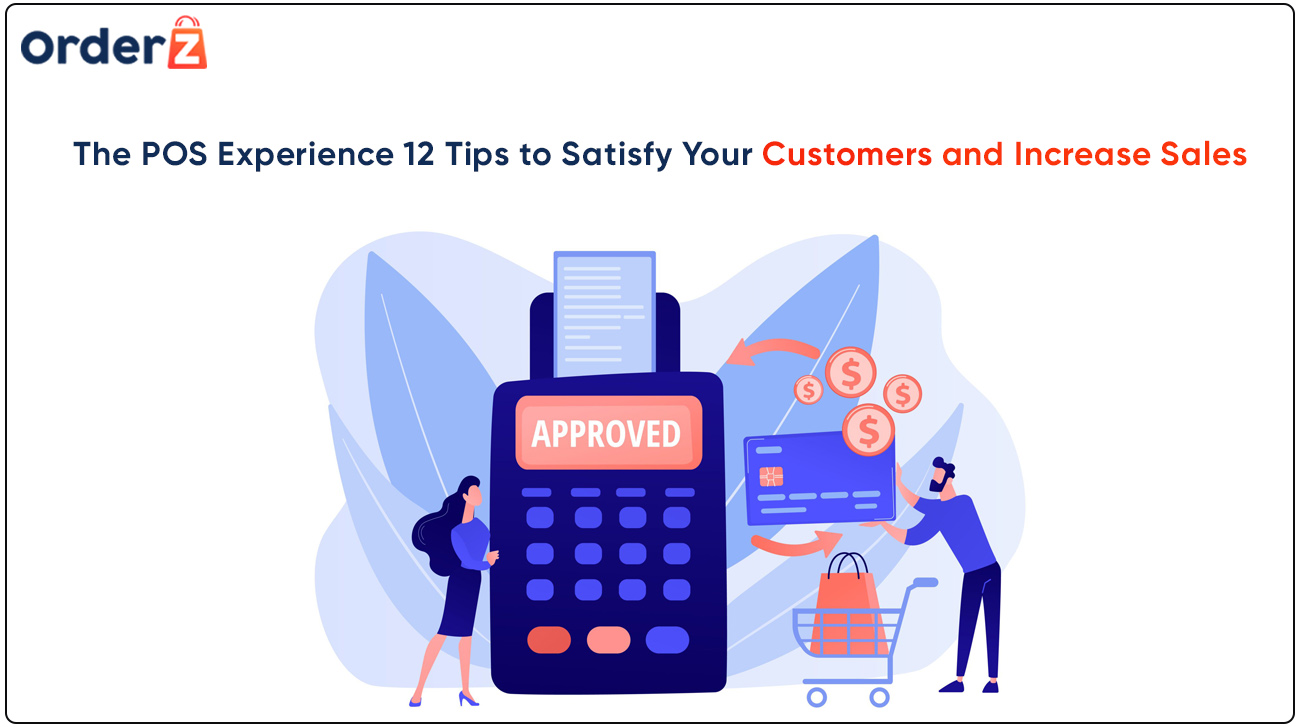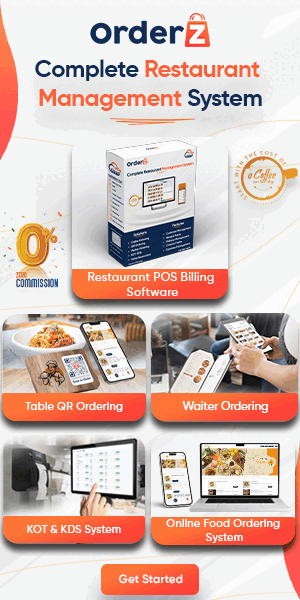The point-of-sale (POS) experience is a crucial part of the customer journey. It’s where customers finalize their purchase and form their final impression of your brand. A positive POS experience can lead to repeat business, positive word-of-mouth, and increased sales.
What is POS experience?

POS experience is a term used to describe the customer’s experience at the point of sale. This includes everything from the checkout process to the customer service they receive from staff. A positive POS experience can lead to repeat business, positive word-of-mouth, and increased sales.
Here are some factors that contribute to a positive POS experience:
- Fast and efficient checkout:
Customers don’t like to wait in line, so it’s important to have enough staff on hand to handle checkout quickly. You may also want to consider using self-checkout kiosks to give customers more options.
- Friendly and knowledgeable staff:
POS staff should be friendly, helpful, and knowledgeable about the products and services you offer. They should be able to answer customer questions and resolve any issues that may arise.
- A variety of payment options:
Customers expect to be able to pay for their purchases using their preferred method. Make sure to accept a variety of payment methods, including cash, credit cards, debit cards, mobile wallets, and gift cards.
- A convenient and easy-to-use POS system:
Your POS system should be easy to use for both customers and staff. It should also be reliable and able to handle a high volume of transactions.
- A clean and organized checkout area:
The checkout area should be clean, organized, and well-lit. This will help to create a positive and inviting atmosphere for customers.
Why is POS experience important?
POS experience is important for a number of reasons. First, it is the last impression that customers have of your store before they leave. A positive POS experience can leave customers feeling satisfied and more likely to return. Second, a positive POS experience can lead to increased sales. Customers are more likely to spend more money at a store where they have a good POS experience.
Here are some specific benefits of a good POS experience:
- Increased customer satisfaction and loyalty:
Customers who have a positive POS experience are more likely to be satisfied with their overall shopping experience and more likely to return to your store in the future.
- Increased sales:
Customers are more likely to spend more money at a store where they have a good POS experience. This is because they are more likely to feel comfortable and valued as a customer.
- Reduced customer churn:
Customers who have a positive POS experience are less likely to switch to a competitor. This is because they are more satisfied with your store and less likely to be looking for a better shopping experience elsewhere.
- Improved employee morale:
Employees who are trained to provide a positive POS experience are more likely to be satisfied with their jobs. This is because they feel like they are making a difference and helping to create a positive customer experience.
Overall, a good POS experience is essential for the success of any retail business. By focusing on providing a positive POS experience, you can improve customer satisfaction, increase sales, reduce customer churn, and improve employee morale.
12 Tips for Improving Your POS Experience:
Here are 12 tips for improving your POS experience:
1. Resolve inventory issues.
One of the most frustrating things for a customer is to reach the checkout counter and learn that the item they want is out of stock. To avoid this, make sure to have accurate inventory levels and keep your POS system up-to-date.
2. Provide fast checkout.
Customers don’t like to wait in line, especially when they’re ready to check out. Make sure to have enough staff on hand to handle checkout quickly and efficiently. You may also want to consider using self-checkout kiosks to give customers more options.
3. Accommodate various payment methods.
Customers expect to be able to pay for their purchases using their preferred method. Make sure to accept a variety of payment methods, including cash, credit cards, debit cards, mobile wallets, and gift cards.
4. Offer prepaid store credit.
Prepaid store credit is a great way to encourage customers to return to your store. Offer prepaid store credit as a reward for loyalty program members or as a way to promote special offers.
5. Provide multiple options for receipts.
Customers should have the option to receive a printed receipt or an electronic receipt. You may also want to offer the option to have receipts emailed or texted to customers.
6. Implement an omnichannel POS experience.
An omnichannel POS experience allows customers to start their purchase on one device and complete it on another. This is especially important for customers who are shopping both online and in-store.
7. Facilitate a self-service POS experience.
Some customers prefer to check out on their own. To facilitate a self-service POS experience, make sure your POS system is easy to use and that there is staff available to help customers if needed.
8. Improve customer service.
Your POS staff should be friendly, knowledgeable, and helpful. They should be able to answer customer questions and resolve any issues that may arise.
9. Collect and act on customer feedback.
Ask customers for feedback on their POS experience. Use this feedback to identify areas where you can improve.
10. Automate rewards and loyalty programs.
Rewards and loyalty programs can help to encourage repeat business. Automate your rewards and loyalty programs to make it easy for customers to earn and redeem rewards.
11. Design product displays based on data-driven insights.
Use data from your POS system to identify which products are selling well and which products are not. Design your product displays to promote the products that are selling well and to make it easy for customers to find the products they’re looking for.
12. Offer value-added services.
Consider offering value-added services at your POS, such as gift wrapping, gift cards, or shipping. These services can make the POS experience more convenient for customers and can also lead to increased sales.
By following these tips, you can improve your POS experience and satisfy your customers. A positive POS experience can lead to repeat business, positive word-of-mouth, and increased sales.
5 FAQs About POS Experience
1. What is POS experience?
POS experience is a term used to describe the customer’s experience at the point of sale. This includes everything from the checkout process to the customer service they receive from staff.
2. Why is POS experience important?
POS experience is important because it can have a significant impact on customer satisfaction, loyalty, and sales. A positive POS experience can leave customers feeling satisfied and more likely to return, while a negative POS experience can lead to customer churn.
3. What are some factors that contribute to a positive POS experience?
Some factors that contribute to a positive POS experience include fast and efficient checkout, friendly and knowledgeable staff, a variety of payment options, a convenient and easy-to-use POS system, and a clean and organized checkout area.
4. How can I improve my POS experience?
There are a number of things you can do to improve your POS experience, such as training your staff to provide excellent customer service, making sure your checkout process is fast and efficient, accepting a variety of payment methods, using a reliable and easy-to-use POS system, and creating a clean and organized checkout area.
5. What are some benefits of a good POS experience?
Some benefits of a good POS experience include increased customer satisfaction and loyalty, increased sales, reduced customer churn, and improved employee morale.





